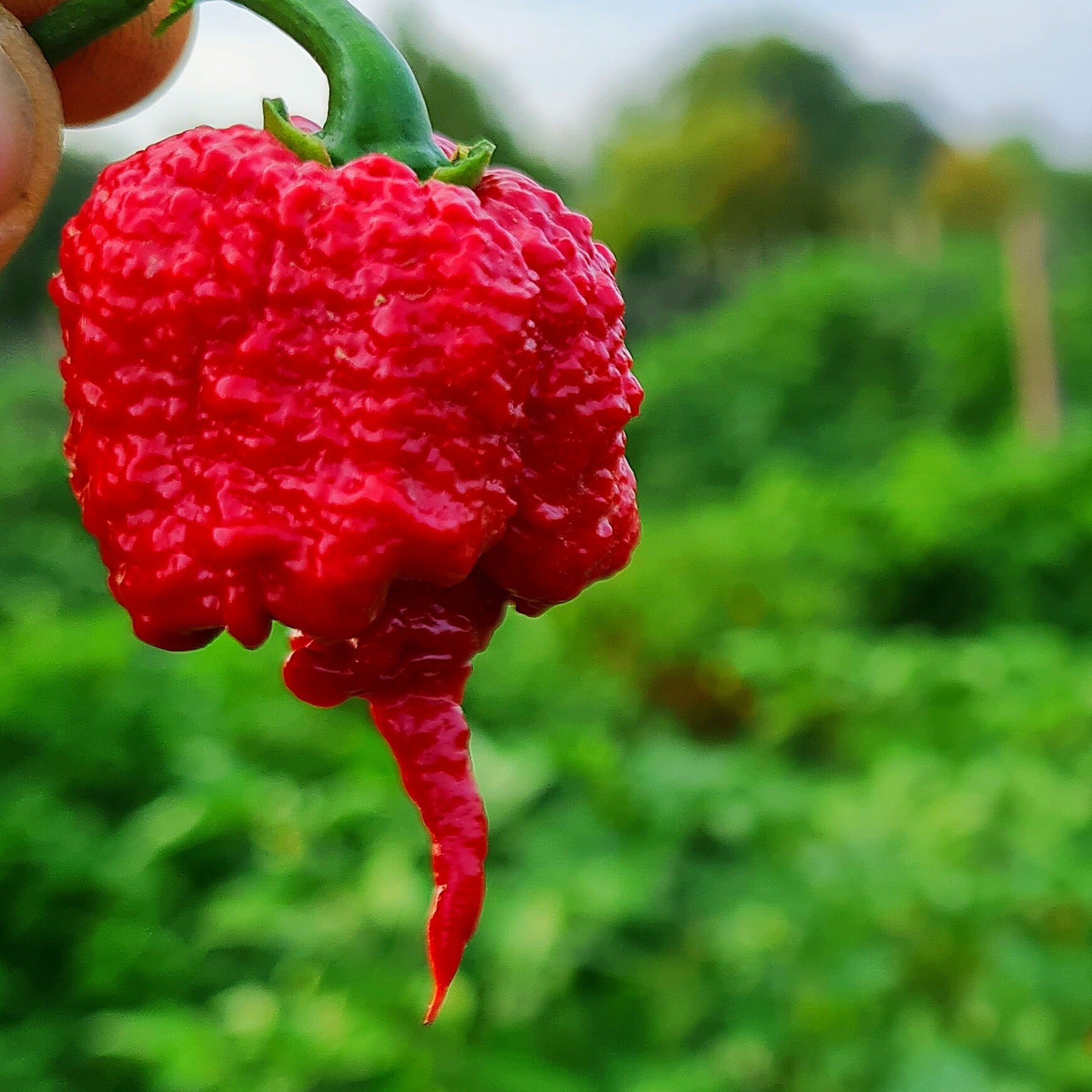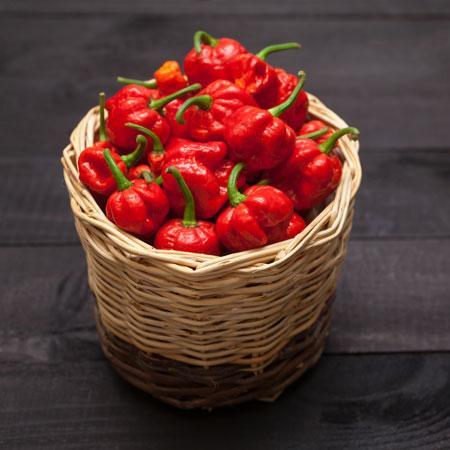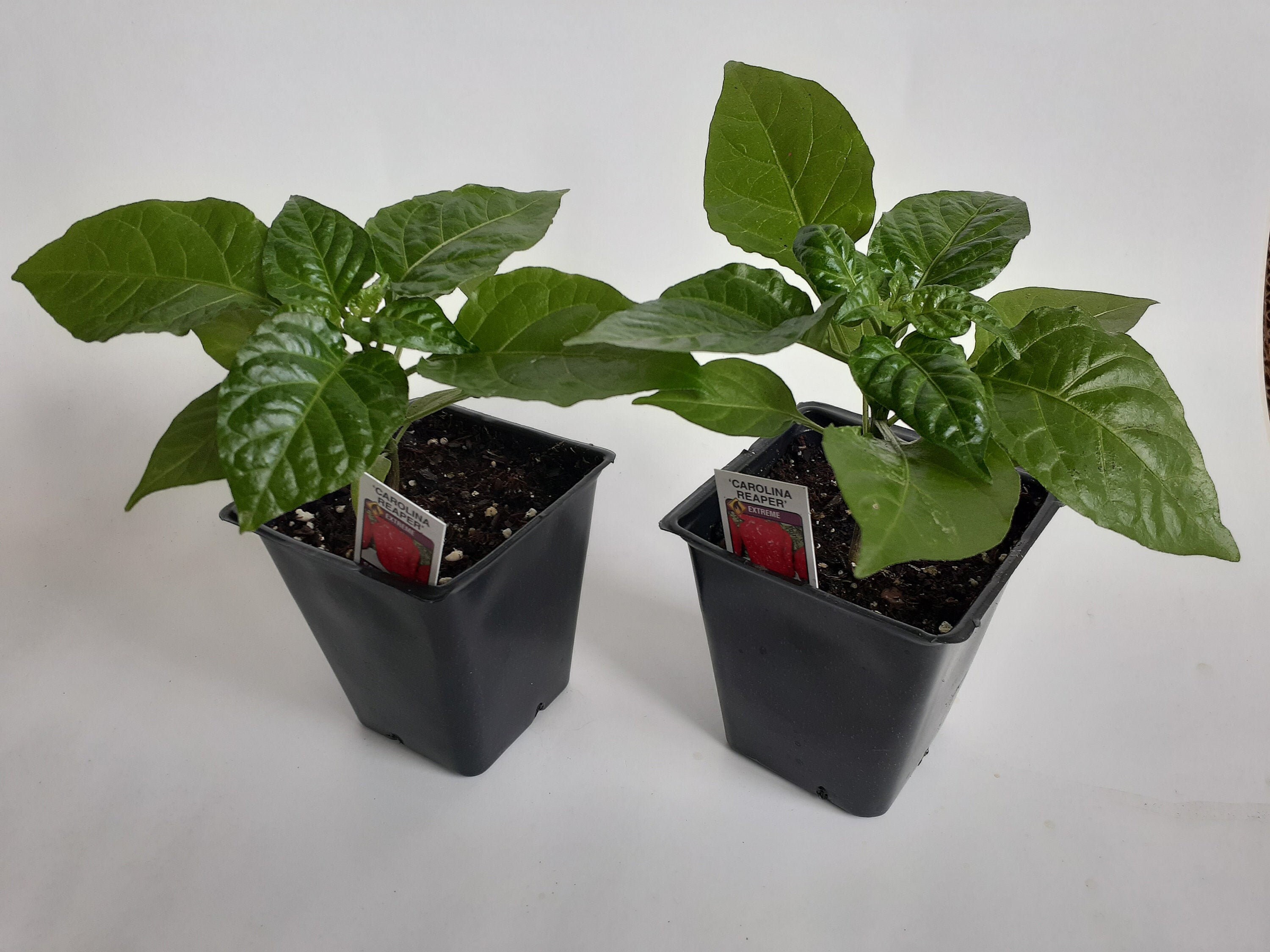

If transplants do have early fruit or flowers, remove them before planting to help the plant develop stronger roots and foliage for a fuller, more productive plant in the garden.ĭirect seeding in the garden is not recommended in Ohio unless protective coverings such as hoop houses are used. Transplants already displaying flowers and fruit at the garden center are less desirable, as this can be caused by stress. Check under leaves for signs of insects or mildew before buying. Choose transplants with a strong root system with six to nine leaves on the plant showing no sign of damage or disease. Gardeners who anticipate this will have greater success and earlier harvest by using pepper transplants over direct seeding. Warm temperatures suitable for pepper production are usually late in the spring in Ohio. Temperatures should be between 70 and 80 degrees Fahrenheit in the day, and above 55 degrees Fahrenheit at night (60 to 70 degrees Fahrenheit is ideal). Frost and late night chills can damage or kill flowers on peppers and result in stunted or deformed fruit or reduced yield. Plant peppers in the spring after risk of frost has passed.
#Carolina reaper pepper plant care plus
Ghost peppers like this ‘Chocolate Ghost Pepper’ measure around 1,000,000 plus on the Scoville scale. ‘Habanero’ peppers, as those shown above, measure between 100,000 and 350,000 on the Scoville scale, an index of pepper spiciness. Remember that hot peppers contain capsaicin, a volatile oil that may present a danger or painful burning to children or pets that may enter the garden.įigure 1.

However, some of our hottest peppers such as ‘Habanero’, ‘Trinidad Moruga Scorpion’, ‘Scotch Bonnets’, ‘Carolina Reaper’, and ‘Ghost’ pepper or ‘Bhut jolokia’ are members of the species Capsicum chinense. The peppers in the Capsicum annuum species may rate differently on the Scoville scale.

The Scoville scale, an index of pepper spiciness based on capsaicin content, lists peppers in order of heat level. Why are some peppers hot and some sweet? The difference is the quantity of capsaicinoid compounds of the pepper variety/cultivar. Talk with your local garden center about ordering special varieties that might be of interest to you. Read plant and seed tags for information on mature size, color and shape, hardiness zones, disease resistance, and days to maturity to find what works for you. However, peppers come in a variety of colors, shapes and flavors worth trying. Suggested CultivarsĬultivar and variety selection may be determined by transplant or seed availability. Alternatively, gardeners may plant peppers in containers or raised beds to improve soil conditions and drainage. The addition of compost, peat moss or other organic material can slowly help improve soil texture, fertility and drainage. However, peppers can thrive in moderately fertile soil. Ideally, soil should be well drained and contain high organic matter.

#Carolina reaper pepper plant care full
Peppers need at least six to eight hours of full sun during the growing season. With the variety of colors, shapes and flavors available from sweet to spicy, peppers are excellent additions to any home vegetable garden. Peppers are easily grown and can be prolific producers. They are in the Solanaceae family (also known as the nightshade family) along with the tomatoes, eggplants and potatoes. Peppers ( Capsicum spp.) are warm-season vegetables grown as annuals in Ohio.


 0 kommentar(er)
0 kommentar(er)
